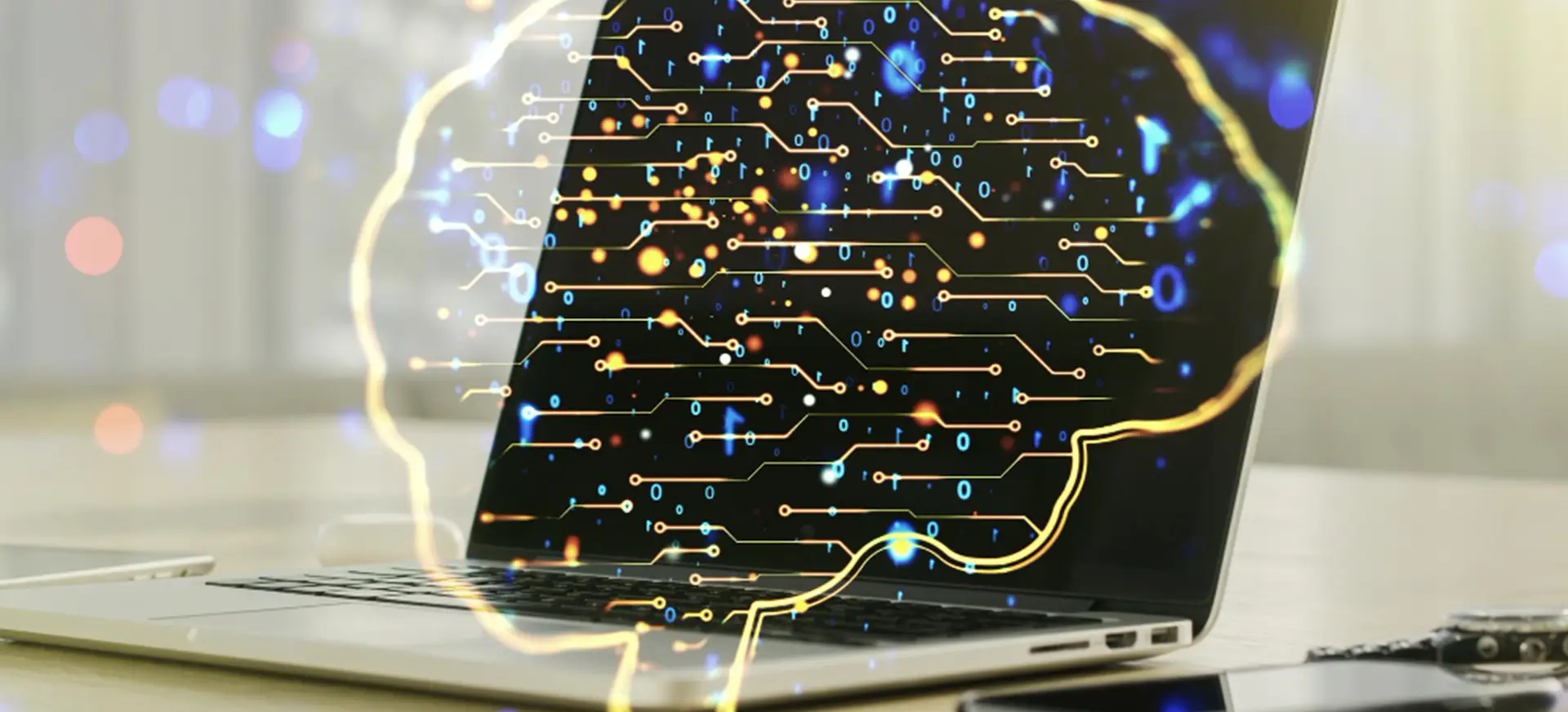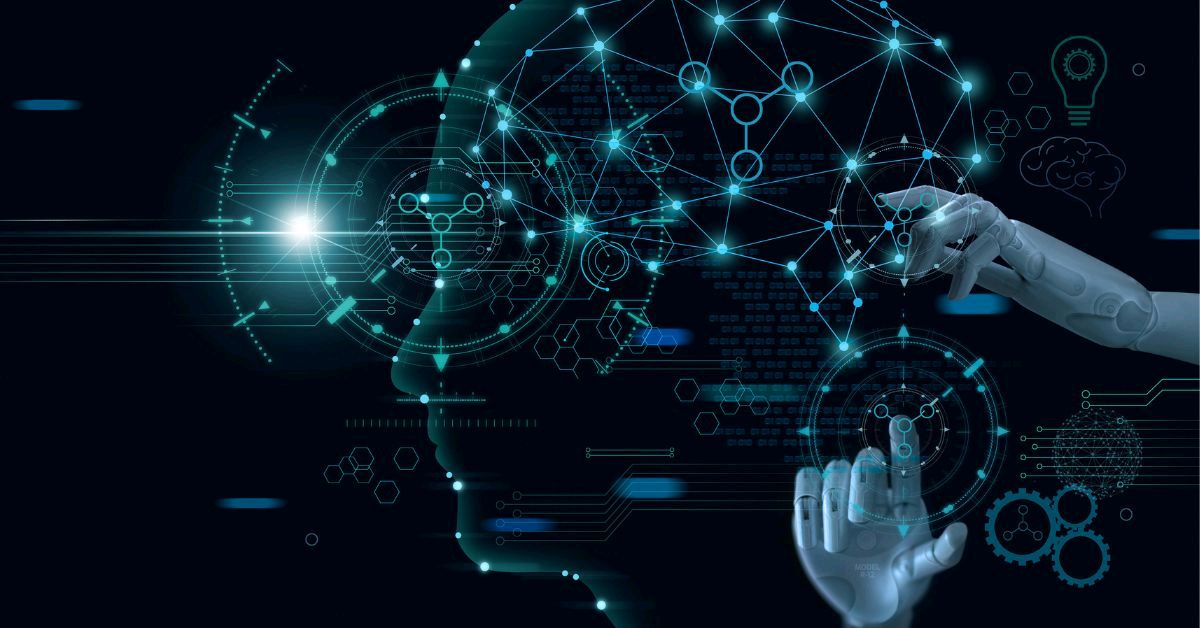Introduction:
Artificial Intelligence (AI) and Machine Learning (ML) technologies have permeated various sectors, revolutionizing the way we live and work. One area where AI ML hold immense potential is in government agencies. These technologies can significantly enhance the efficiency, accuracy, and decision-making capabilities of governments worldwide. In this comprehensive guide, we will explore how AI and ML can transform the operations of government agencies and discuss the benefits they offer.
Understanding AI & ML:
Artificial Intelligence encompasses the development of intelligent machines capable of simulating human-like actions and decision-making abilities. Machine Learning, a subset of AI, focuses on enabling machines to learn from data and subsequently improve their performance without explicit programming instructions. These technologies have the potential to automate mundane tasks, process complex data, and provide actionable insights for government agencies.
Use Cases and Benefits:
1. Automating Administrative Tasks: Government agencies often deal with a significant amount of paperwork and administrative tasks. AI and ML can automate data entry, document analysis, and case management, enabling agencies to redirect their human resources to more critical tasks.
2. Improved Efficiency in Public Services: AI-powered chatbots can handle citizen inquiries and provide immediate responses, reducing the need for human intervention. Additionally, automated processes can significantly speed up public service requests, such as license renewals or permit applications, leading to faster and more efficient service delivery.
3. Enhanced Security and Fraud Detection: By utilizing AI-based algorithms, governments can identify potential security threats, monitor surveillance footage, and detect abnormalities in real-time. ML algorithms can also help identify patterns of fraud and financial irregularities, helping agencies proactively address these issues.
4. Data Analysis for Policy Making: Governments accumulate vast amounts of data. Utilizing AI and ML, agencies can analyze this data to identify trends, patterns, and anomalies. These insights can inform evidence-based policy-making and help address public challenges more effectively.
5. Predictive Analytics for Decision-Making: ML algorithms can analyze historical data, identify patterns, and predict future outcomes, aiding government agencies in making informed decisions across a range of domains, including urban planning, transportation management, healthcare allocation, and resource distribution during emergencies.
Ethical Considerations and Challenges:
While AI and ML offer immense potential, implementing these technologies in government agencies comes with ethical considerations. It is crucial to address issues related to transparency, accountability, privacy, and bias. Governments must establish guidelines and frameworks to ensure ethical deployment, responsible and fair usage of AI, and maintaining public trust.
Conclusion:
The adoption of AI and ML in government agencies holds enormous potential to transform public service delivery, decision-making, and overall efficiency. By leveraging the power of these technologies, governments can streamline administrative processes, enhance public services, improve security measures, and make data-driven policies. However, it is essential to tackle ethical challenges and ensure responsible AI usage to maintain public trust. As AI and ML continue to evolve, their integration with government agencies will undoubtedly drive a more effective, efficient, and innovative approach to governance.




